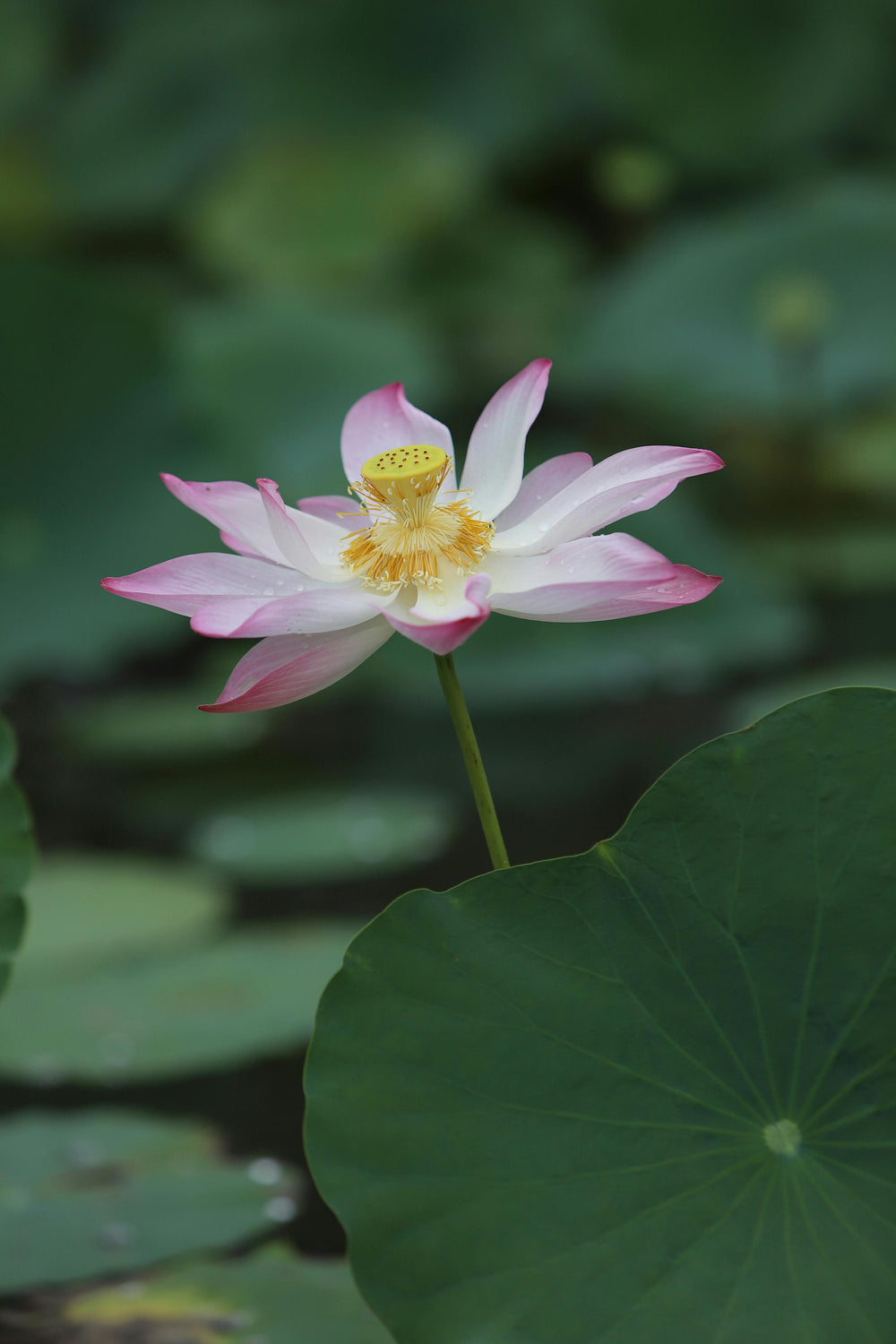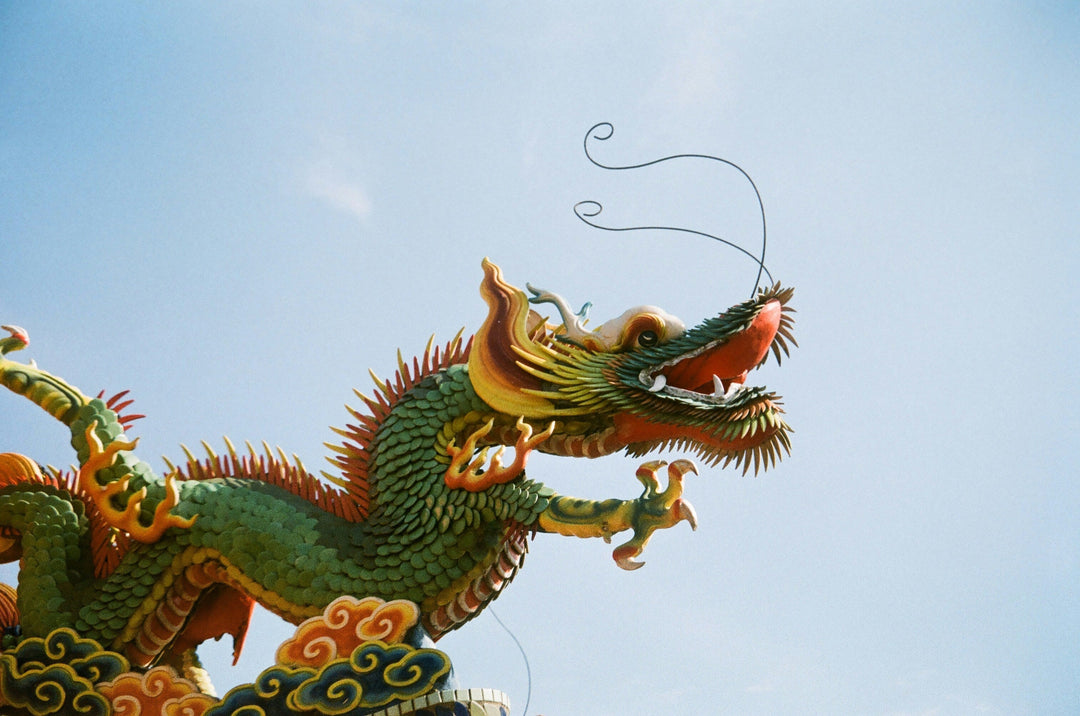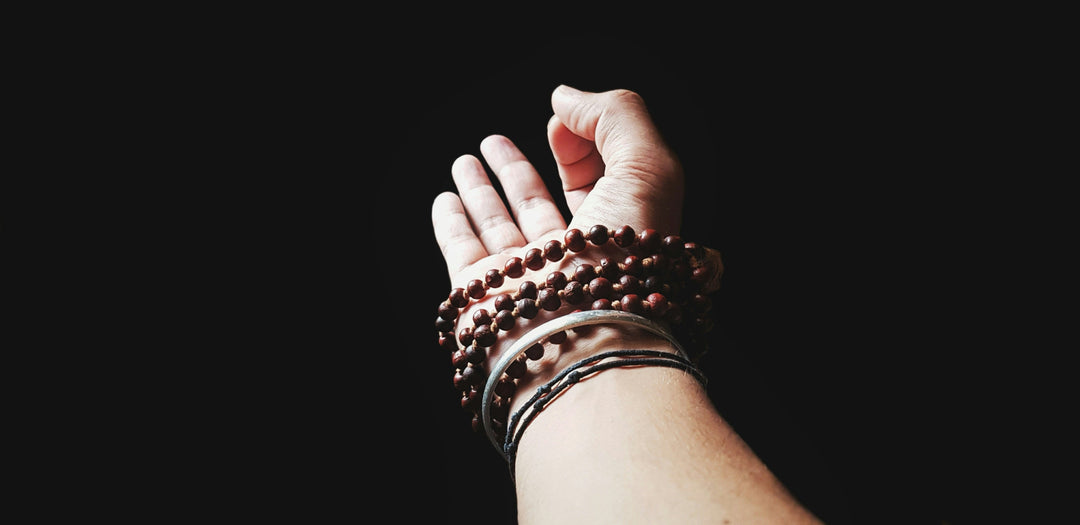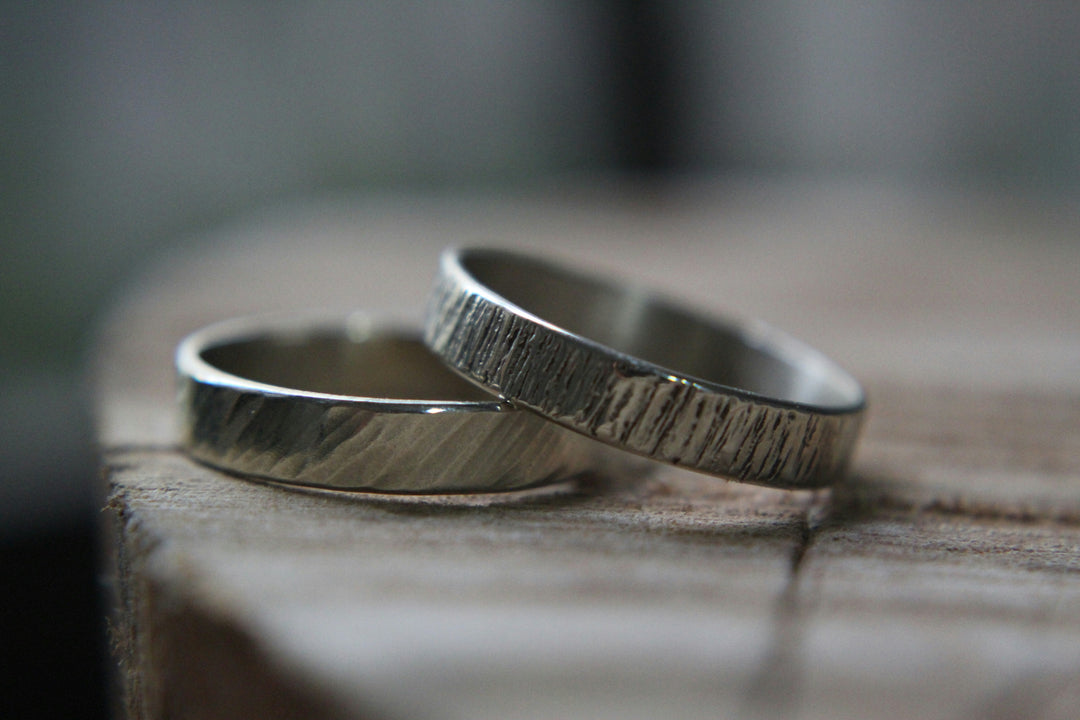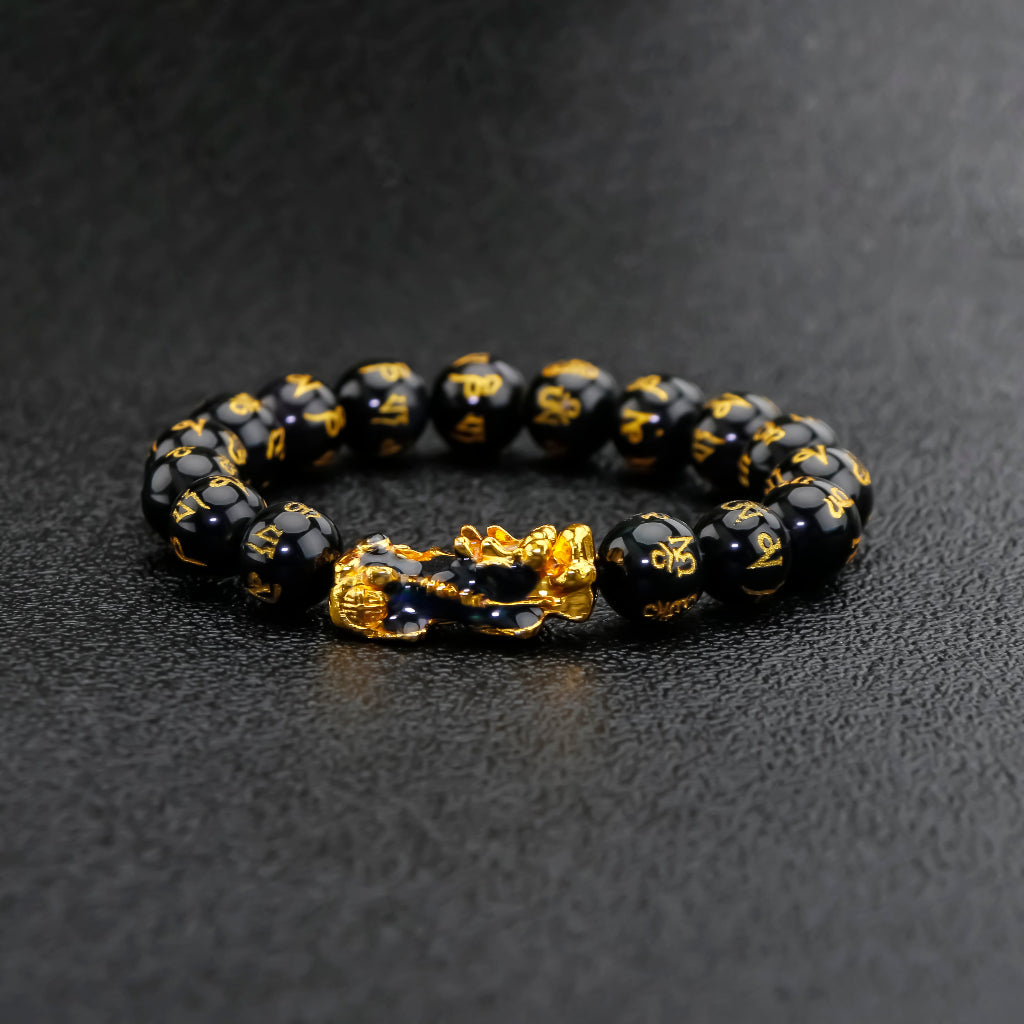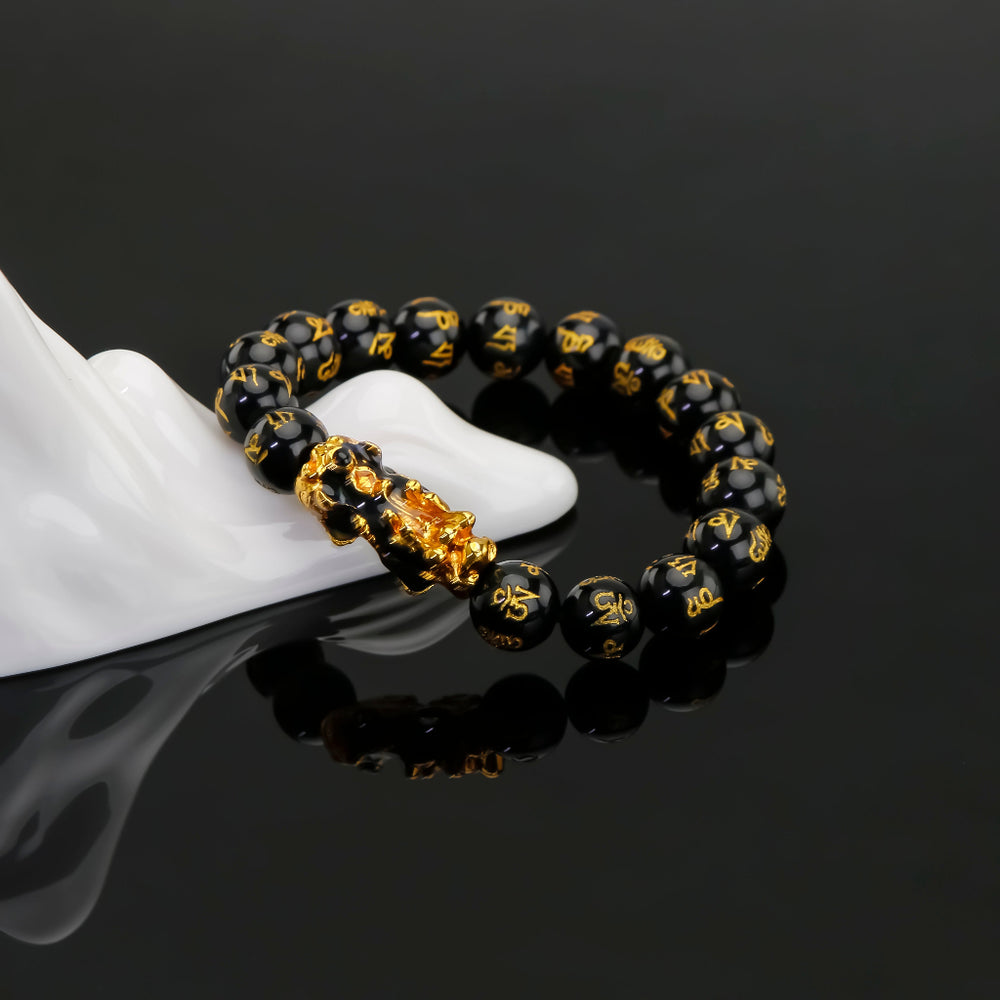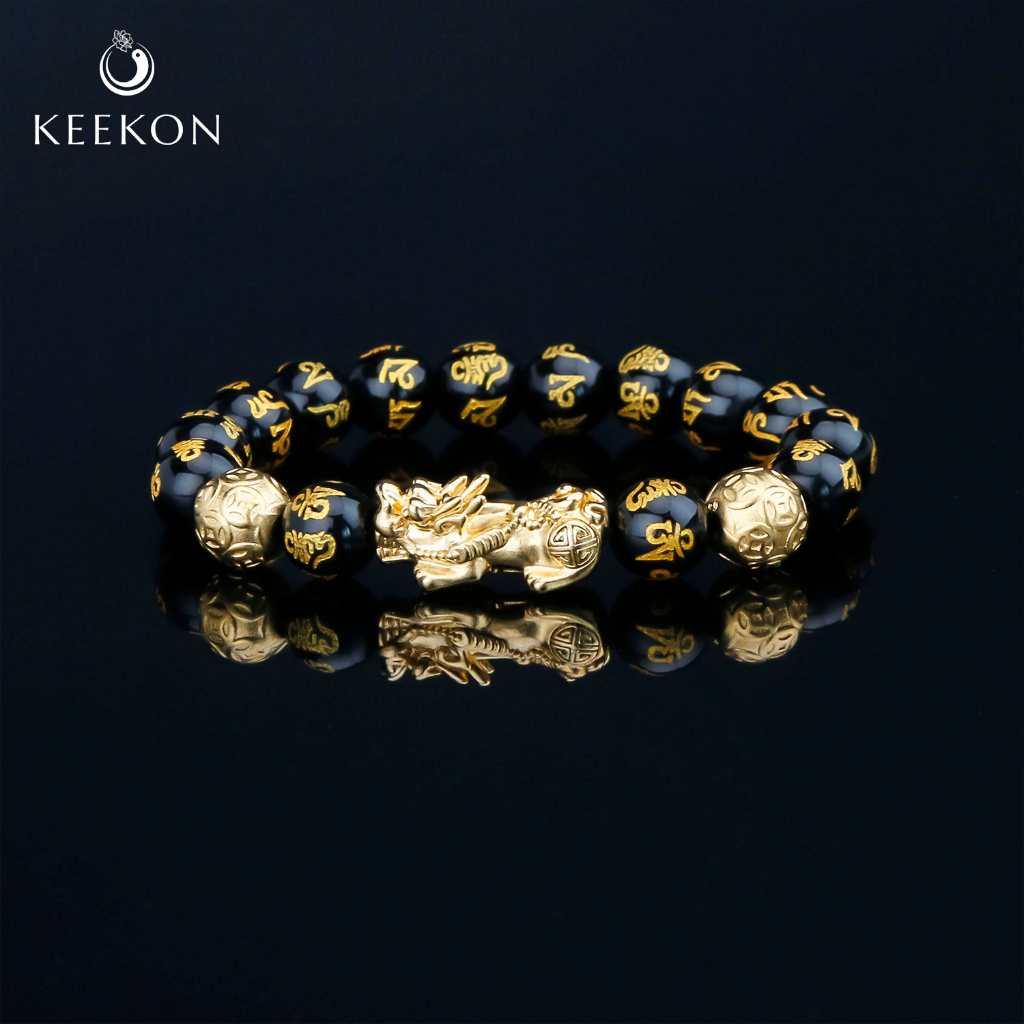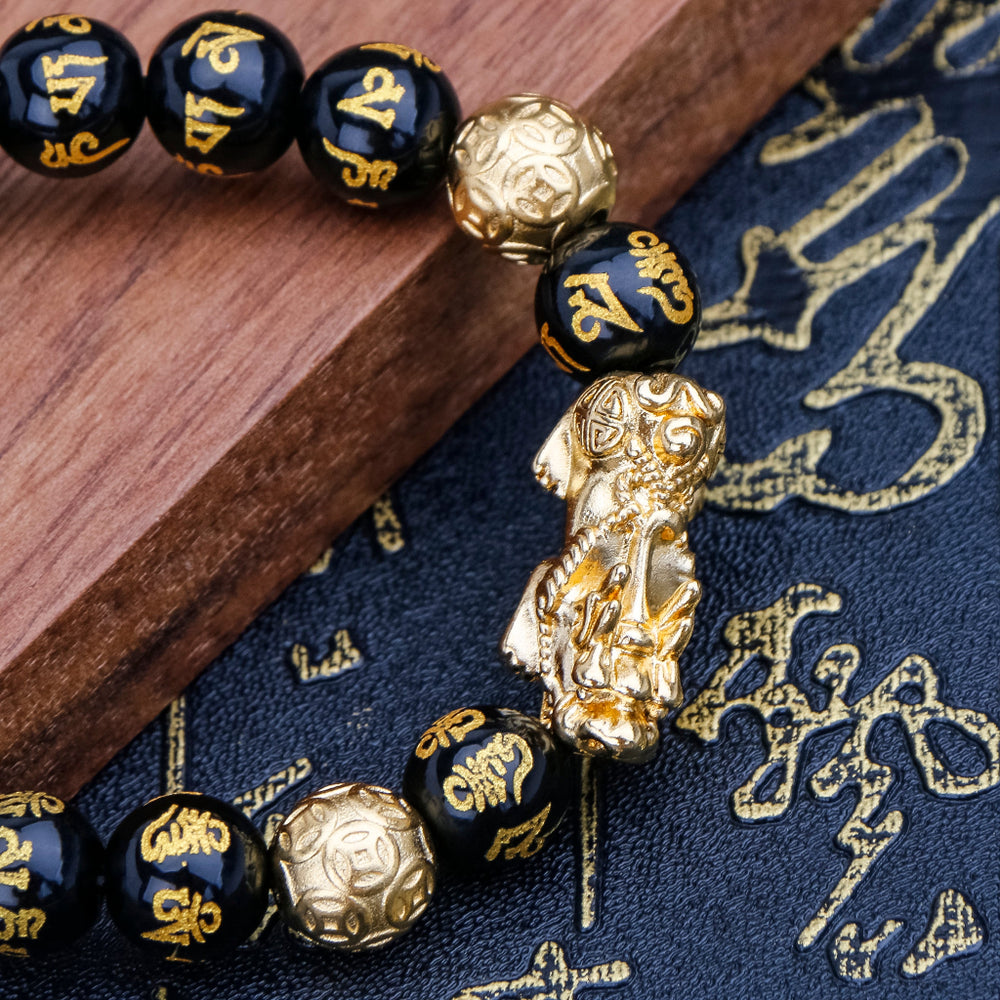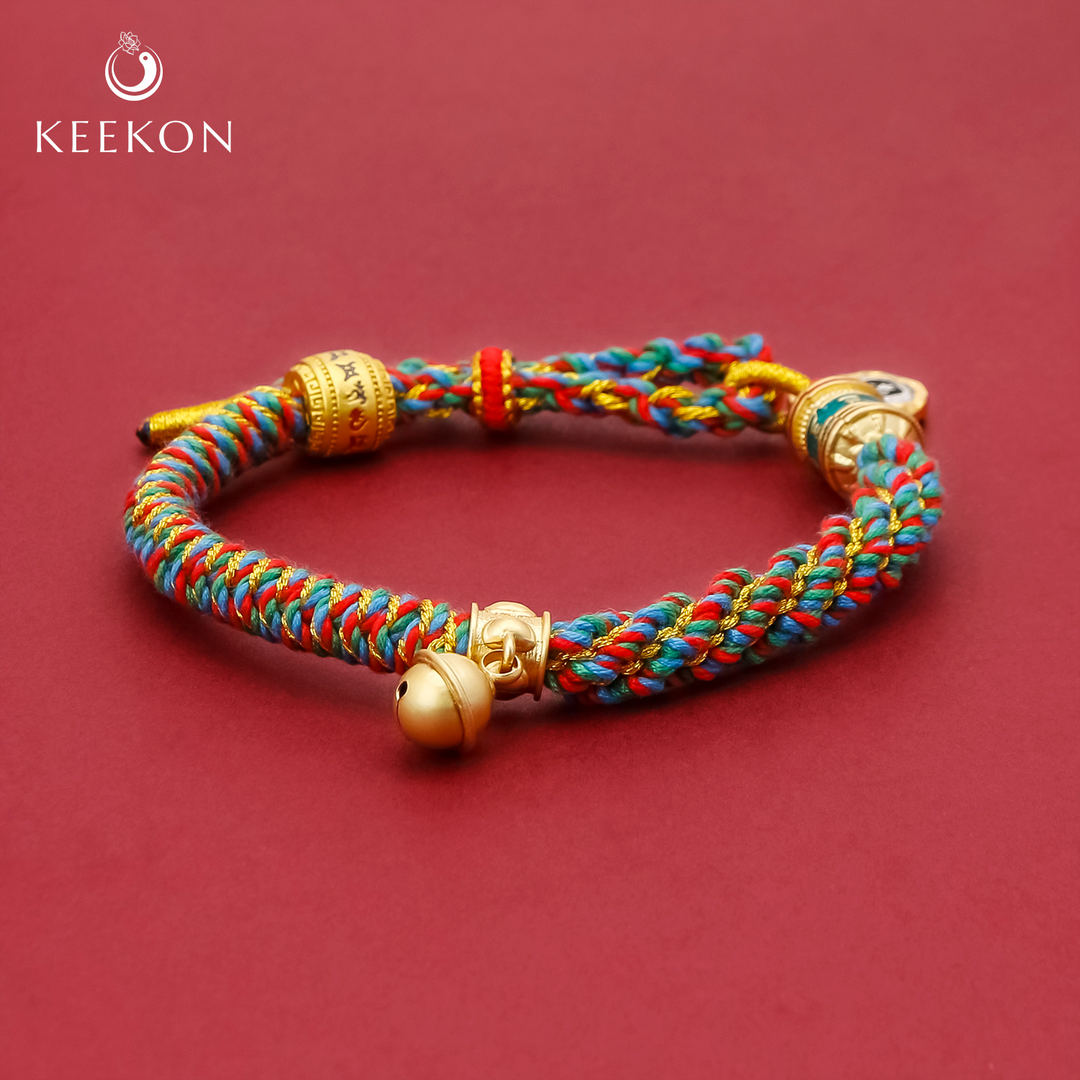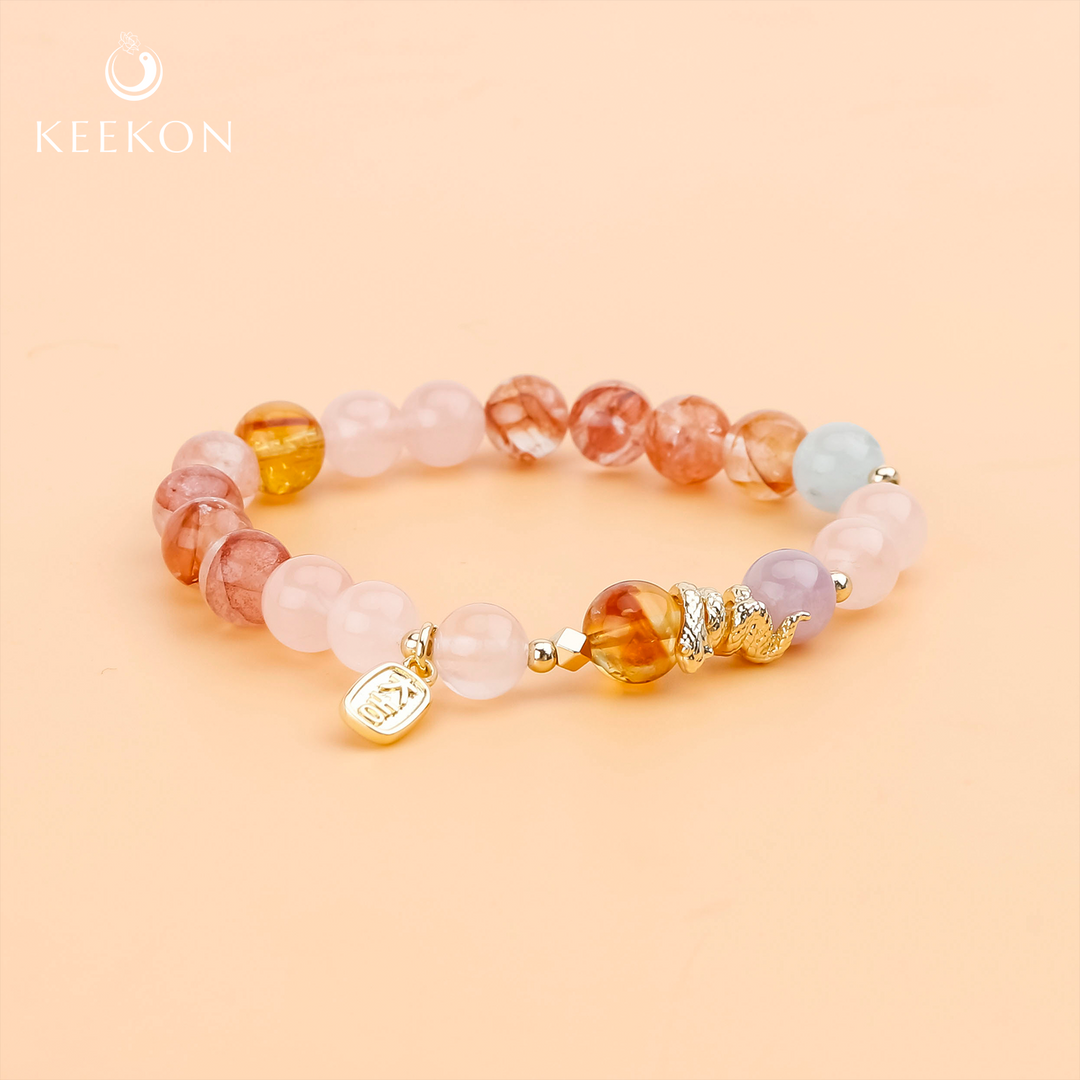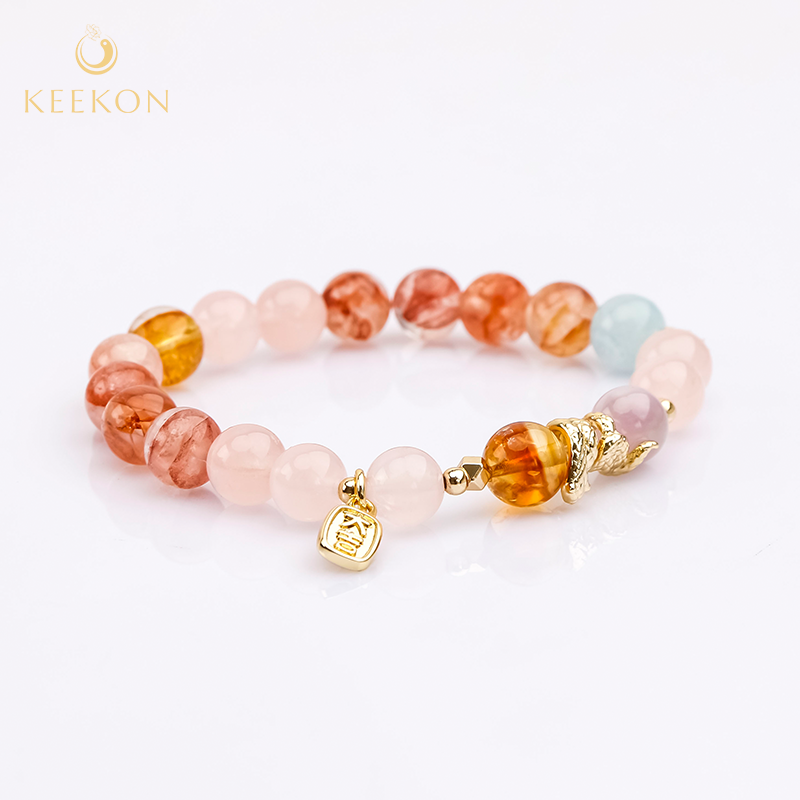The Kirin Unveiled: Symbolism, Myth, and Modern Meaning of the Eastern Divine Beast
The Kirin is a legendary creature steeped in the rich tapestry of East Asian mythology, revered for its majestic presence and profound spiritual symbolism. Often regarded as a divine herald, the Kirin is said to appear only during times of peace or in the presence of great sages and virtuous leaders, serving as an omen of harmony, wisdom, and moral awakening.
Characterized by its fiery mane, graceful hooves, and radiant aura, the Kirin symbolizes transformation, inner strength, and protection. Across centuries and cultures, it has inspired countless works of art, poetry, and design—each capturing the essence of its celestial power.
Today, Kirin’s story still encourages us to live with kindness, honesty, and a clear sense of purpose. In this article, we’ll delve into the origins, symbolism, and modern relevance of this mythical guardian—and discover what makes Kirin a timeless source of inspiration.
I. The Mystique of the Kirin
The Kirin, an ethereal creature woven into the fabric of East Asian mythology, stands as one of the most revered and enigmatic symbols in ancient and modern cultures. Often regarded as a harbinger of peace and a divine messenger, the Kirin possesses a profound spiritual presence that transcends time. Unlike Western dragons that embody chaos or destruction, the Kirin is a creature of compassion, justice, and cosmic harmony. In today's world, as people increasingly seek symbols of peace and moral clarity, the Kirin's timeless virtues are finding renewed appreciation in art, fashion, spirituality, and even Feng Shui practices.

II. Mythical Origins and Celestial Appearance
In different interpretations, the Kirin is surrounded by fire or clouds, symbolizing its divine nature. The Fire Kirin represents a fierce protector, appearing only when great change or powerful energies are at play. In contrast, the Water Kirin, though rarer, is believed to bring gentle transformation and spiritual cleansing.
The Kirin is one of the Four Sacred Beasts in East Asian mythology, alongside the Dragon, Phoenix, and Tortoise. These four creatures are considered guardians of the cosmic order, each representing a different element, direction, and spiritual principle. The Kirin often aligns with the earth element and embodies virtue, making it a symbol of divine justice.

III. Symbolism and Spiritual Significance of Kirin
The Kirin is a beacon of benevolence, harmony, and spiritual illumination. It is said to radiate a peaceful energy that calms the environment wherever it appears. Legends describe the Kirin as so gentle that it can walk across grass without bending a blade and tread over water without causing ripples. Its behavior reflects a deep reverence for life, aligning it with ideals of non-violence, respect, and serenity.
Symbolically, the Kirin embodies purity of spirit, moral clarity, and justice. It is said to appear only during times of great peace or when the world is graced by the birth of a sage, prophet, or righteous ruler. In this sense, it is not just a passive emblem of luck, but an active validator of virtue. The presence of the Kirin is a divine sign that the cosmic order is in harmony, and that truth and wisdom are prevailing forces.
In ancient Chinese texts, the appearance of a Kirin often signaled the dawn of a golden age—a period marked by compassion, fairness, and enlightened rule. For this reason, it became closely associated with legendary emperors and spiritual figures, who were believed to have achieved a high degree of moral development.
In the metaphysical world of Feng Shui, the Kirin is regarded as a powerful guardian capable of transmuting negative energies and shielding spaces from misfortune. A pair of Kirin statues flanking the entrance to a building is believed to protect the home or business from harmful spirits and aggressive influences. Kirin figures are also placed in children’s rooms to safeguard their health and spiritual growth, and on desks or altars to attract wisdom, creativity, and good fortune.
The Kirin's association with prosperity is not limited to material wealth but extends to spiritual abundance. It is revered as a guide for those who seek a higher purpose, offering gentle encouragement to live righteously, think clearly, and act with compassion. As such, the Kirin serves as both a mythical guardian and a spiritual mentor, inspiring people to align with their highest selves.
IV. Kirin and Sages: Connections to Rulers and Confucius
One of the most famous legends involving the Kirin is its connection to Confucius. According to ancient texts, a Kirin appeared to Confucius's mother before his birth, signifying that a great sage was about to enter the world. Later, another Kirin reportedly appeared shortly before Confucius's death, marking the end of an enlightened era. These appearances affirmed the Kirin's role as a celestial witness to moral wisdom and virtue.
Similarly, historical accounts describe Kirin sightings as omens during the reigns of just emperors. The appearance of a Kirin was taken as a divine endorsement of the ruler's legitimacy and benevolence. Such events were meticulously recorded by court historians, who saw the creature as a symbol of heaven's approval.
This deep link between the Kirin and virtuous leadership elevated it beyond myth. It became a cultural metaphor for moral governance and the pursuit of higher wisdom, values that resonate with seekers of truth even today.
V. Cultural Interpretations Across East Asia
Across East Asia, the Kirin evolved in meaning and form:
China: In Chinese culture, the Kirin (Qilin) is often depicted in imperial robes or golden scales, symbolizing authority and heavenly blessing. It remains a fixture in Chinese New Year celebrations, temple carvings, and royal iconography.
Japan: Known as "Kirin" in Japanese, it is a softer, more deer-like creature associated with Buddhist teachings. It is often portrayed as a gentle protector and divine judge, appearing in religious paintings and scrolls.
Korea and Vietnam: These cultures adapted the Kirin into their own spiritual frameworks. In Korea, it is linked to mountain guardianship and natural wisdom. In Vietnam, the creature appears in court art and folklore, maintaining its role as a benevolent spirit.
Despite regional differences, the underlying themes of virtue, wisdom, and cosmic balance remain consistent.

VI. Kirin in Art, Literature, and Folklore
Depictions in Art
The Kirin holds a special place in traditional Chinese art, often depicted in paintings and sculptures with an ethereal and majestic presence. Artists typically portray Kirin with a dragon-like head, the body of a deer or horse, and hooves, all adorned with scales and fiery motifs.
These intricate depictions emphasize the Kirin’s mythical nature and its role as a powerful symbol of protection and purity. In Chinese art, the Kirin is often shown standing among clouds or amidst flames, reinforcing its connection to the spiritual realm and its status as a divine creature.
The use of vibrant colors and detailed designs highlights its mystical qualities, making Kirin a prominent figure in temples and sacred spaces. These artistic representations not only celebrate the beauty of Kirin but also convey messages of peace, prosperity, and moral virtue.

Literary References
In Chinese literature and folklore, Kirin is frequently mentioned as a herald of good fortune and a sign of an enlightened ruler. Stories and poems describe Kirin as a gentle and wise creature that appears during times of peace or in the presence of a sage.
Its appearance is often considered an omen of positive change, bringing blessings and harmony to those it encounters. The Kirin's role in these narratives is to exemplify ideals of justice, compassion, and leadership, making it a symbol of hope and aspiration.
Through these literary works, the Kirin’s image has been cemented as a guardian of good, encouraging readers to strive for wisdom and moral integrity. These stories continue to inspire modern audiences, showing how the Kirin remains a timeless symbol of virtue and protection.
VII. Kirin and Modern Symbolism
Today, the Kirin remains a relevant cultural icon. From company names like Japan's Kirin Brewery to mascots in Asian sports teams and global video games, the Kirin is continually reinterpreted.
In fantasy franchises, it often serves as a majestic mount or guardian spirit, retaining its mythological traits of wisdom and justice. In wellness and spiritual circles, the Kirin is gaining recognition as a symbol of emotional purity, mindfulness, and moral clarity.
Its imagery is used in meditation tools, sacred geometry, and as a motif in metaphysical jewelry. For individuals seeking inner balance and moral strength, the Kirin has become more than myth—it is a spiritual guide.

VIII. Bringing Kirin Symbolism into Daily Life
Incorporating the Kirin into your daily life can be both spiritually enriching and energetically balancing:
Feng Shui and Home Decor: Place a pair of Kirin statues at the entrance of your home to guard against negativity and invite harmony. For a personal touch, place a small Kirin figure in your meditation space.
Jewelry and Talismans: Wearing a Kirin pendant or bracelet serves as a reminder of your inner values: integrity, peace, and courage. Crystal Kirin charms can be particularly powerful when paired with protective stones like obsidian or jade.
Mindful Living: Let the Kirin inspire your actions. In moments of conflict, recall its gentle strength and commitment to righteousness. Use its image as a visual cue to stay grounded and morally centered.
IX. Conclusion: The Enduring Relevance of the Kirin
The Kirin, once a celestial omen appearing in the presence of sages and emperors, continues to guide seekers of truth and peace in the modern world. Its message is clear and timeless: live with compassion, act with integrity, and walk gently through the world.
Whether viewed as a mythical beast or a spiritual symbol, the Kirin offers wisdom for all who wish to cultivate inner harmony and bring blessings into their lives. In a time of uncertainty and transformation, the Kirin reminds us that divine grace and moral strength are always within reach.
